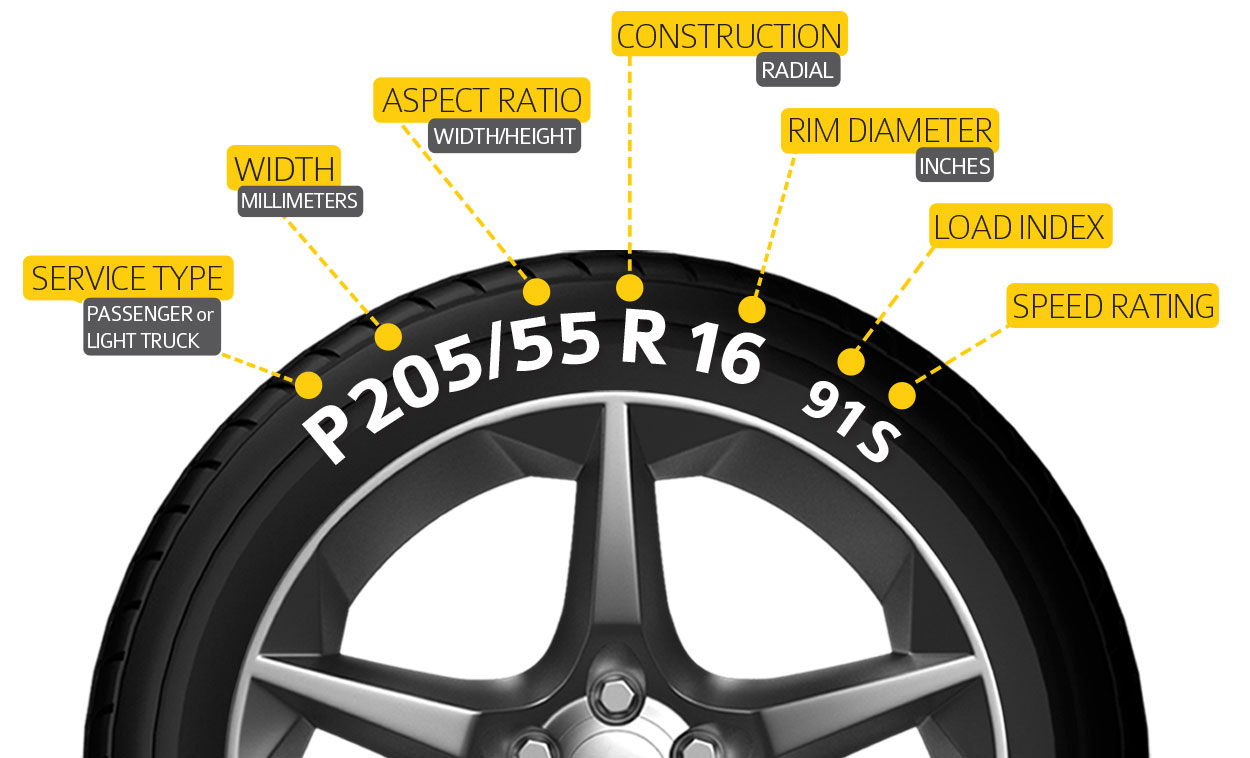Mastering Car Wheel Measurement: A Comprehensive Guide
Ever wondered how to decipher the cryptic numbers and letters on your car's tires and wheels? Understanding car wheel dimensions is crucial for ensuring proper fitment, performance, and safety. This guide provides a deep dive into the art of measuring car wheels, equipping you with the knowledge to make informed decisions about your vehicle's setup.
Determining the correct wheel dimensions is more than just aesthetics. It directly impacts your car's handling, speedometer accuracy, and even clearance with fenders and suspension components. Incorrect measurements can lead to rubbing, premature tire wear, and potentially dangerous driving conditions. This guide will eliminate the guesswork and provide clarity on this essential aspect of car maintenance and modification.
Historically, wheel sizing was a simpler affair, with fewer variations and standardized measurements. As automotive technology advanced, so did wheel design, leading to a wider array of sizes and configurations. Today, understanding wheel measurements is more critical than ever, given the proliferation of aftermarket options and the increasing complexity of modern vehicles.
The primary challenge in measuring car wheels lies in the numerous variables involved. Beyond the basic diameter and width, factors like offset, backspacing, and bolt pattern all play crucial roles in determining proper fitment. This guide breaks down each of these elements, explaining their significance and how to accurately measure them.
Let's start with the fundamentals. Wheel diameter, typically measured in inches, refers to the distance across the wheel from one edge to the other. Wheel width, also measured in inches, represents the distance between the inner and outer edges of the wheel's rim. These two measurements are the foundation for understanding wheel sizing.
Offset is the distance between the wheel's mounting surface and the centerline of the wheel. Backspacing, on the other hand, is the distance from the mounting surface to the back edge of the wheel. Both are critical for ensuring proper clearance within the wheel well.
The bolt pattern, or PCD (Pitch Circle Diameter), refers to the arrangement of the lug holes on the wheel. It's expressed as the number of lugs and the diameter of the circle formed by the center of the lug holes.
Accurately determining these measurements offers several benefits. Firstly, it ensures proper fitment, preventing rubbing and other clearance issues. Secondly, it allows you to maintain speedometer accuracy and optimize your car's handling characteristics. Thirdly, it empowers you to choose aftermarket wheels that complement your vehicle's performance and style.
To measure your car wheels, you'll need a measuring tape or ruler. For diameter, measure across the wheel face. For width, measure across the rim between the bead seats. For backspacing, measure from the mounting surface to the back edge of the wheel. For bolt pattern, consult a bolt pattern guide or use a specialized tool.
Advantages and Disadvantages of Measuring Car Wheels Yourself
| Advantages | Disadvantages |
|---|---|
| Cost-effective | Potential for inaccuracy |
| Convenient | Requires specific tools for bolt pattern |
| Empowering knowledge | Time-consuming |
Best Practices for Measuring Car Wheels 1. Use a reliable measuring tool. 2. Double-check your measurements. 3. Consult a professional if unsure. 4. Refer to manufacturer specifications. 5. Understand the terminology.
Frequently Asked Questions 1. What is wheel offset? 2. How do I measure bolt pattern? 3. What is the difference between backspacing and offset? 4. Why is accurate wheel measurement important? 5. Can I use a different size wheel on my car? 6. What are the risks of using incorrect wheel measurements? 7. Where can I find my car's recommended wheel size? 8. What tools do I need to measure car wheels?
Tips and Tricks for Measuring Car Wheels Use a straight edge for accurate diameter and width measurements. Clean the wheel before measuring to remove any debris that could affect the readings. Consult online forums or communities for specific advice related to your vehicle.
In conclusion, understanding how to measure car wheels is a fundamental skill for any car owner or enthusiast. Accurate measurement ensures proper fitment, optimized performance, and safe driving conditions. While the process might seem daunting at first, with the right tools and knowledge, it becomes a manageable task. By mastering the art of wheel measurement, you gain control over your vehicle's setup and unlock the potential for enhanced performance and personalized style. Take the time to learn the fundamentals, practice accurate measurement techniques, and consult reputable resources for further guidance. This investment in knowledge will pay dividends in the long run, ensuring the optimal performance, safety, and aesthetics of your vehicle. Don't underestimate the importance of correctly sized wheels – they are a critical component of your car's overall performance and safety. Now that you're equipped with the knowledge, put it into practice and ensure your wheels are perfectly suited for your driving needs.
Express yourself with a red and black discord profile picture
Transform your home with gray screen exterior paint
Maximize your space the ultimate guide to wall mounted shop cabinets













